To say I’m obsessed with eyes is an understatement. Gazing into someone’s eyes reveals so much. Look at the photo above of silent film star, Beulah Bains. At first glance she appears pensive…with a sense of innocence. But look deeper…and you will become seduced by what lies beneath this stare.
I’m not the only one who is taken in by the mysterious appeal of ‘the stare.’ Eyes have long been the focus of artists in many realms…far too many to cover here. But I will highlight some of note.
Eyes speak volumes in Silent Films
I begin with Silent Films. As we watch the story unfolding before us, it is the ‘eyes of the actor’ which communicates to us a panoply of emotions- love, joy, excitement, fear, angst, grief, melancholy, boredom, envy, desire, and even humor. I am of the opinion that there is no silent film actress (followed by her talkies) with such unworldly sultry eyes- that can elicit such a visceral response from the audience than the Swedish-born, Greta Garbo. Need to be convinced? Watch any of her films. But start with Flesh and The Devil (1926) and her smoldering love scenes with actor John Gilbert will convince you.
Other iconic silent film stars with that same ‘eye magnetism’ are Charlie Chaplin, Buster Keaton, Clara Bow and Gloria Swanson…
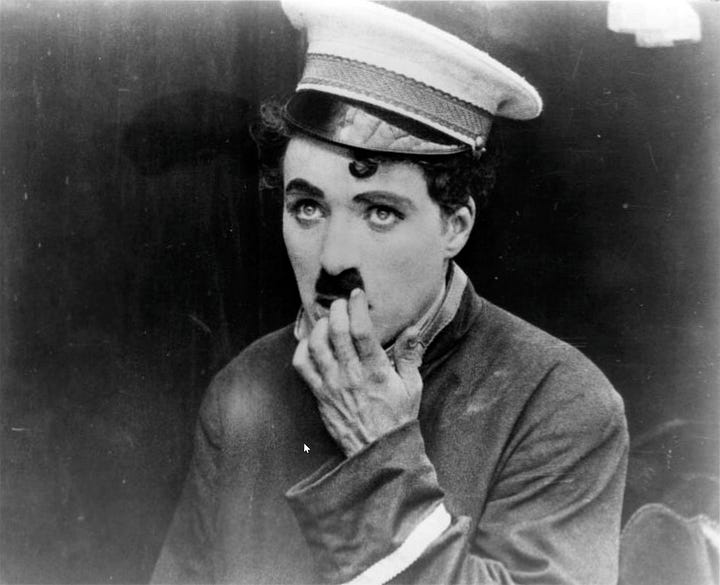
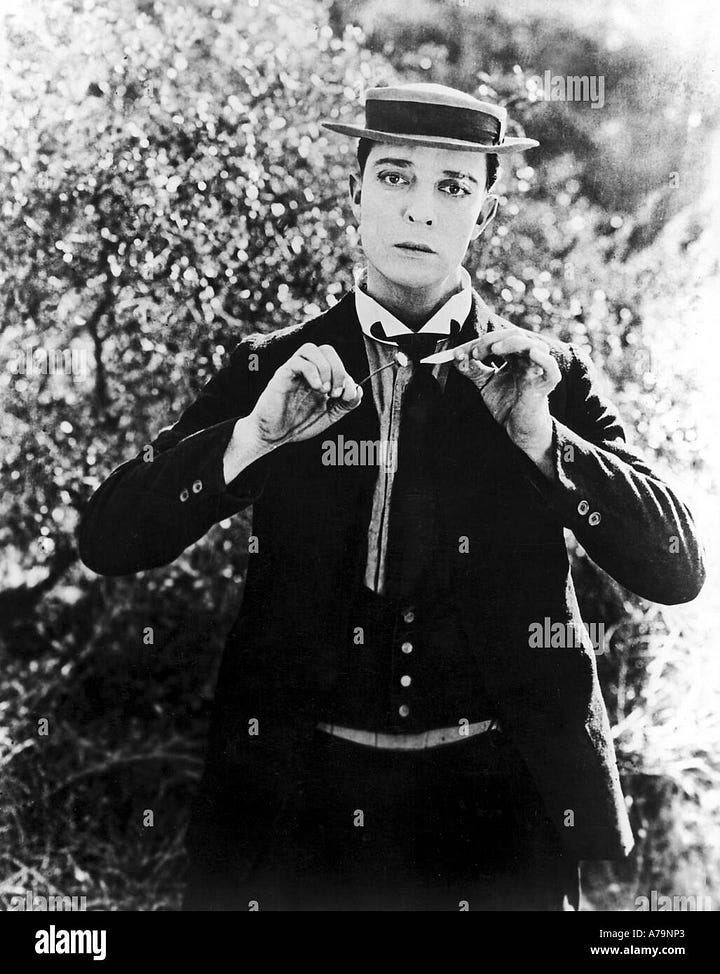
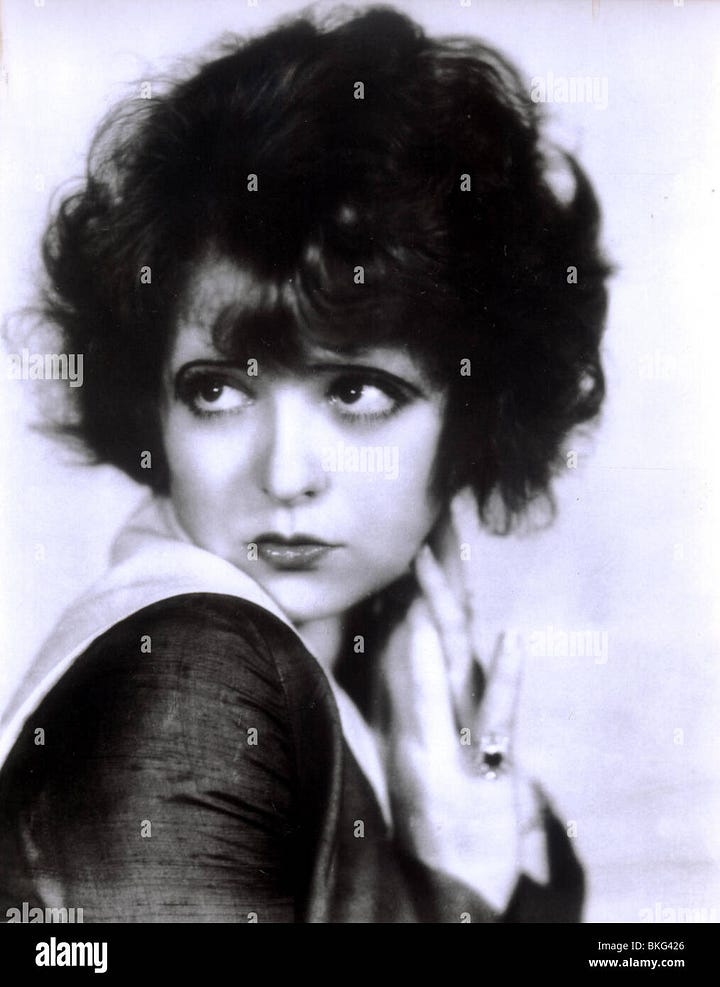
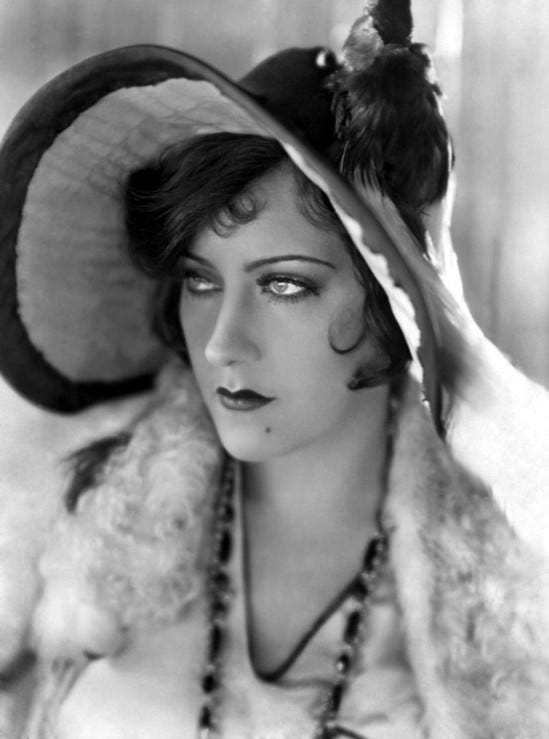
Speaking of seduction…as a jewelry historian, I must include romantic eye jewels.
The Lover’s Eye…
The above 19th C. Victorian era miniature brooch contains a painted eye portrait on (?)ivory and is framed in gold and platinum and ornamented with pearls and rock crystal. (Note: pearls were oftentimes used to represent tears.)
Lover’s eye jewelry was born in France (why am I not surprised…the French are so romantic), traveled to Great Britain in the late 18th C., and gained momentum in the United States in the 19th C. These jewels would grace every appendage from finger rings, to brooches, to bracelets, to pendants. I must include this MET Museum description of why these intimate jewels were embraced. “They came to be known as “lover’s eyes” –- intensely private objects, usually of the giver’s eye presented to a loved one. The disembodied eye allowed the viewer to gaze upon the object of their affection, known only to them, and then, actively, the gaze was returned. Eye miniatures also served as mourning jewelry for lost loved ones.”
I know you must be thinking this is a bit creepy- a jewel portraiture of an actual rendition of a lover’s eye. I would agree. But there is something strangely seductive about these jewels as well.
One of the stories I love to relate is of the British Prince of Wales, George IV, who “collected true loves like other men did horses.” One scandalous affair involved a married woman, Maria Fitzherbert, who was also a Catholic. It was forbidden in 18th century Great Britain to marry a Catholic…but this did not deter George IV. He not only wooed Maria, but had British miniaturist, Richard Cosway paint a portrait of his eye which he sent to Maria, (she in turn followed suit with a portrait of her own eye for him) along with a proposal of marriage. They married and the result of this union, as one would expect, was doomed to fail. But what fun they must have had wearing each other’s eye and the secrets contained within.
As only the wearer of these small portrait jewels knew the identity of ‘the eye’ they were wearing, one can only imagine what saucy stories would have been told as onlookers would gaze into these eyes… trying to guess the identity of the wearer’s lover!
As one would view the 18th and 19th century “Lover’s Eye” as romantic, the same cannot be true of the 20th century German expressionists depiction of the “The Cold Gaze” of the 1920s.
The Cold Gaze…
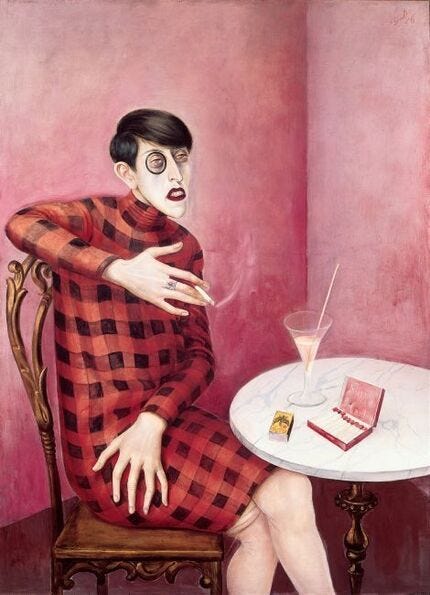
In the aftermath of World War 1 (1914-1918), Germany was a country plagued by poverty and political unrest. A new government, the Weimar Republic (1918-1933), brought some relief with a flourishing of democracy until, of course, the Nazis came into power. It was during the 1920s that a new art culture movement grabbed hold- The Neue Sachlichkeit (New Objectivity) Movement that captured the sober realism spirit of the times.
The Louisiana Museum in Denmark held an exhibition (October 2022-February 2023) titled- “The Cold Gaze- Germany in the 1920s” and noted, “Crises and turbulence, but also a period of wild and violent artistic innovation….the period, which came to an abrupt end with the Nazi takeover in 1933, was characterized by both euphoric creation and a constant sense of impending dissolution. A “fragile” state that translated into a rich and varied cultural life.”
The image above, painted by the German artist, Otto Dix, ( Dix was featured in my “Grotesque” Substack piece this past May) portrayed a new “social type” of 1920s Germany which “sought to avoid feelings of humiliation by adopting a mask of cold indifference.” Ergo…The Cold Stare - devoid of feelings.
Eyes became a focal point of another post World War I movement, The Surrealist Movement, in Europe.
Surrealist Movement- an Eye into the subconscious…

The Surrealist Movement began in 1917-1940s and transformed the imagery of many mediums- art, photography, literature, music, theatre, and films. As this is a huge topic to cover, it deserves to be explored on its own merit. But since we’re discussing eyes here, I will endeavor to include some Surrealist artists’ depictions of the eye as symbolic of the subconscious mind and a mirror into the inner self.
Let’s start with the image above. Painted by the Belgian artist, René Magritte, it is titled, The False Mirror. “By replacing the eyes iris with a blue, cloud-filled sky in False Mirror, Magritte challenges us to question what we see and what we think we know. Is the sky a reflection of what the eye is seeing? Is the eye in fact an opening into another reality? Are we looking at an inner vision, or something else entirely? One thing is certain: Magritte's The False Mirror is an invitation to look at the world differently.”
Honestly, I personally don’t feel the need to dig deep into my subconscious to figure out what Magritte was trying to convey here. It is the title of this painting that I felt compelled to showcase as it reflects (pardon the pun) the symbolic nature of Surrealists work.
I also must include a Surrealist photograph, (pictured below), with eyes dripping with glistening tears…

The photograph above, Tears (1932), was composed by by American naturalized French photographer, painter, and filmmaker, Man Ray.
“Looking almost like a film still, this cropped photograph demonstrates Man Ray's interest in cinematic narrative. The model's eyes and mascara-coated lashes are looking upward, invoking the viewers to wonder where she's looking and what is the source of her distress. The piece was created soon after the artist's break-up with his assistant and lover, Lee Miller. The model is in fact not a real woman but a fashion mannequin with glass bead tears on the cheeks. Here, again, Man Ray is exploring his interest in the real and unreal by challenging the meaning of still-life photography.”
I just love this photograph! It’s dramatic, full of angst, and graphically exciting. It also visually shows how the Surrealists viewed the eye as a window into the soul.
Surrealist artist, Salvador Dali, and an eye watch brooch…
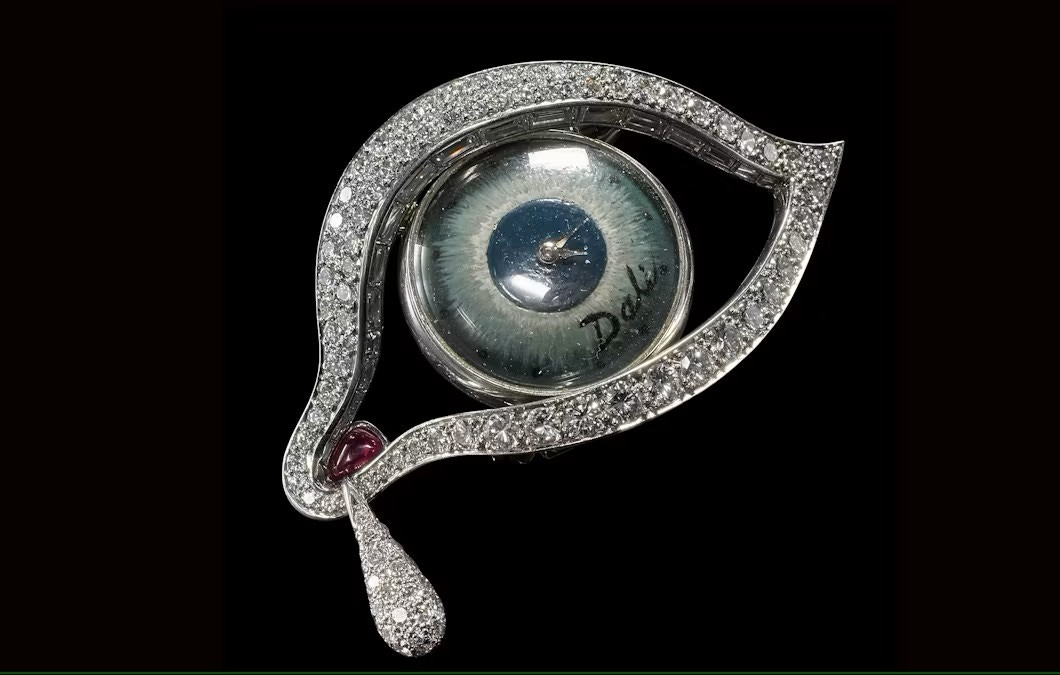
What can be said of this unique eye watch brooch, The Eye of Time, designed by Spanish surrealist artist, Salvador Dali. Well…let’s just say that this was, in typical Dali fashion, his way of reminding us that life can change within a “blink of an eye.” Dali was known to have said that these artistic pieces were made to "please the eye, uplift the spirit, stir the imagination, express convictions."
Originally made by Alemany & Ertman in 1949 for Dali's wife, Gala, this brooch was part of a collection that featured 39 pieces, spanning from 1941 to 1970. "The Eye of Time" brooch consisted of diamonds set in platinum with a blue enamel eye, a cabochon ruby, and a dangling diamond teardrop. Integrated within the eyeball is a watch with a Movado movement and a hand-painted dial signed by Dalí. It is truly a work of art sprinkled with a bit of whimsy. Expensive whimsy!
Fun Fact: This Eye of Time one-of-a-kind eye brooch watch sold at a Sotheby’s 2014 auction for a breathtaking $1,055,000.00 !
An eye on film….
Throughout Salvador Dali’s career, the eye became a central image in his art. He saw the role of the eye, and its gaze, serving as gateways to a dreamy unknown. Although Dali was viewed by many as eccentric…he offers us, the viewer, the opportunity to see the world through his bizarre lens- where every glance reveals a new layer of meaning. There’s something very provocative and amusing in this notion.
I would be negligent if I didn’t include the collaboration between Dali and the iconic director, Alfred Hitchcock, for the 1945 psychological thriller Spellbound starring Ingrid Bergman and Gregory Peck.

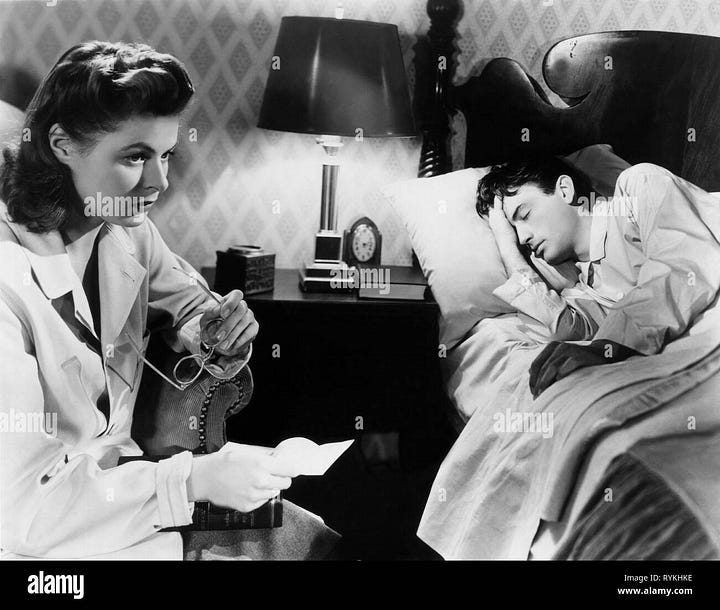
According to Artsy.net- “By the mid-1940s, pop psychology was on the rise in America, fueled in large part by the fallout and trauma of World War II. Spellbound capitalized on the growing public interest in Freudian psychology; in fact, the film is one of the first major Hollywood productions to rely on psychoanalysis and mental illness as a driving force for the plot.”
For Spellbound, Dalí created a series of paintings and drawings featuring glassy eyes and other surrealistic elements. The result of which was an imposing backdrop for the film’s dream sequence. Picture this…Gregory Peck’s character describes being in a gambling house…with curtains adorned with eyes…which were cut with a giant pair of scissors. Yikes!
Speaking of cutting…
Dali also collaborated with Spanish director, Luis Buñuel, on the 1929 film Un Chien Andalou. I cannot describe what took place in this film with an eye, let alone show an actual image. So I will let you read more about this film on the site highonfilms.com. Suffice to say they refer to it as “Slicing the Eye: Cinema’s First Shock Scene.”
Yearning for more strange and disturbing ‘eyes’ ?
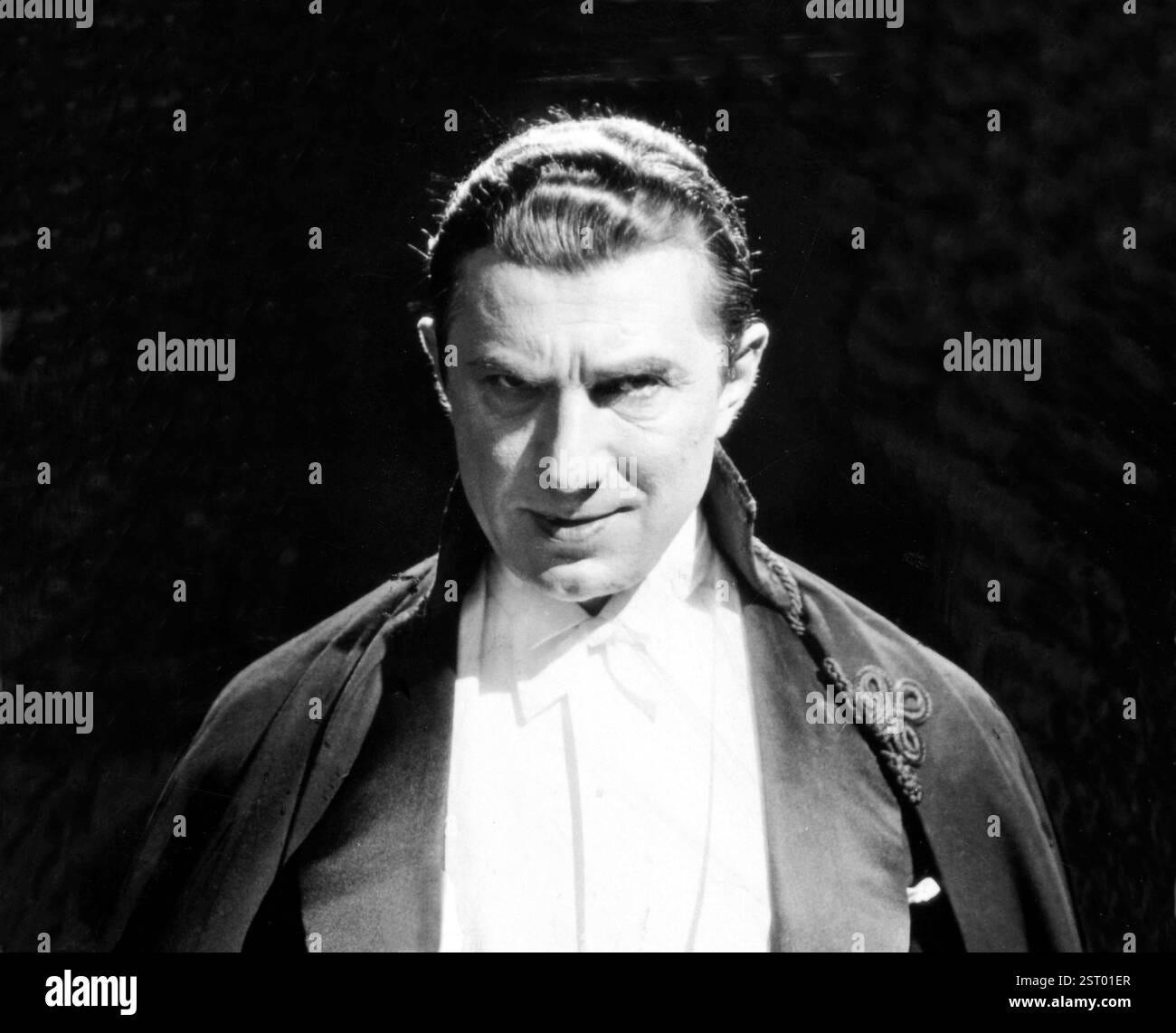
I always like to include images, in these curated newsletters, just for the fun of it.
How could I not then include Dracula with those piercing and seductive eyes! And yes, Bela Lugosi was my favorite Dracula (1931). But Gary Oldman as Dracula (1992), with blood-red eyes was absolutely terrifying!

The next image is meant to be viewed from the eyes of a child…with a sense of nuance, curiosity, wonderment, and even finding the world a bit scary. But not actual scary, as we find our world today, but an imaginative, made-up one. I find comfort in this escapism.

The little girl glancing sideways in the Haunted Bedroom, a page from The Pop-Up Book of Nightmares, brings back moments of dread with our own eyes popping out of our head!
An Eye on Today….
The Eye continues to be showcased in so many artforms today… and really as a way for artists to continue exploring themes from the past, particularly of self-reflection, mental health, and, on a larger scale, worldly concerns.
I chose two images which I feel capture the spirit of our times…
Graffiti Art by ‘My Dog Sighs; artist
Brooklyn Street Art featured graffiti art by Welsh street artist, who goes by the name “My Dog Sighs.” His art makes us think about the demonization and devastation of Ukraine…seen as a reflection in a Ukrainian woman’s eye.
Billie Eilish Album Covers
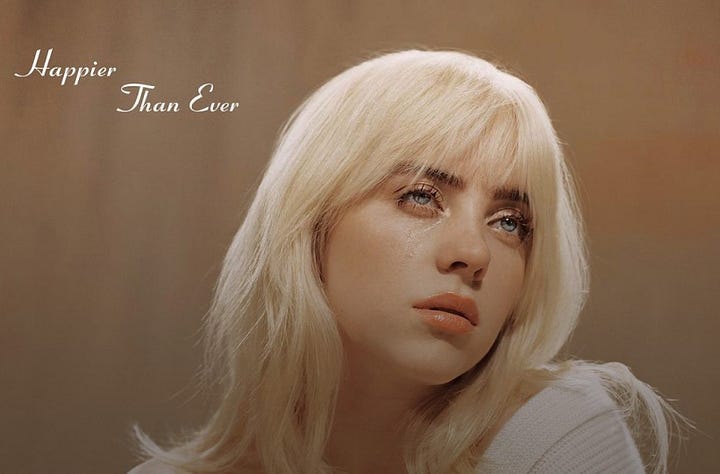
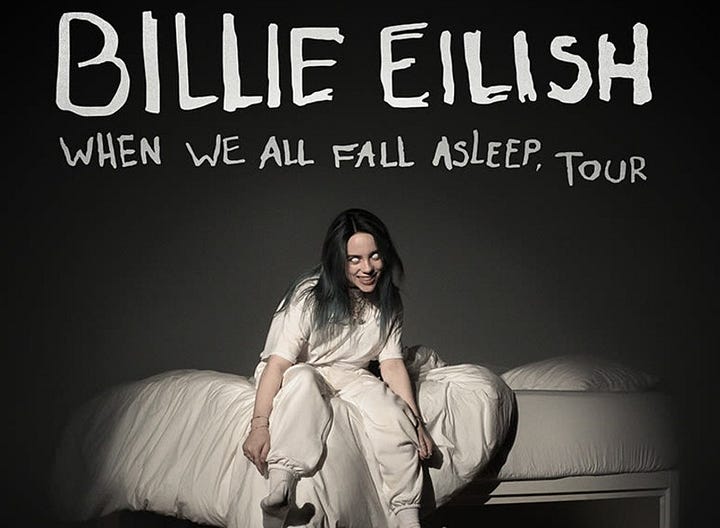
I am a fan of Billie Eilish’s music and I could think of no better artist, in our pop culture world, to showcase the impact of the stare and seduction than her.
The first album cover image from Eilish’s 2021 Happier Than Ever is a mesmerizing eye portrait that seems to be in conflict with the title of her album. It must have been her intent to show that even in happier life moments, we experience emotional moments of sadness and despair. I chose this album also because the songs within deal with learning to heal from past traumas, overcoming depression, and again, self-reflection- all topical themes today. And of course, there are those eyes of hers- they are hypnotic and very seductive…even with a look of sadness. (Did you notice that one teardrop? It harkens back to the earlier image of Man Ray’s dripping eyes photograph.)
The second 2019 cover album image, When We all Fall Asleep, Where Do We Go…I know…it’s very eerie, unsettling, almost demonic. But with this album cover as well… with Billie Eilish’s eyes devoid of pupils… the image is very revealing. It is hinting at the “monster in our bed” and the demons of our subconscious in a very surreal way. Again, harkening back to the Surrealists artwork shown above. I chose this album because, to me, it speaks to the dark side of the human psyche- the lack of humanity towards each other. Another societal issue we are grappling with today.
Fun Fact: This Billie Eilish album cover, When We All Fall Asleep, Where do We Go, was ranked #72 for The 100 Best Album Covers of All Time by Rolling Stone magazine.
~~~~~~~~~~~~~~~~~~~~~~~~~~~~~~~~
I began this piece with saying that I am obsessed with eyes. I think it’s obvious, from my treatment of this subject, why this is so. But I must also confess to being preoccupied with eyes as it relates to eyesight and aging. So allow me to introduce another image- another form of escapism- by presenting these historical glorious, diamond encrusted eyeglasses (cut from a single 200-300 carat diamond) from Mughal India, dating c. 1620-1660 CE. It still relates to the eye, and, as we age, there’s no harm in ornamenting our eyes with something both beautiful and functional ~
More to come on these and other spectacular eyeglasses…
Enjoy reading and please subscribe to my free newsletter below. Comments are always welcome!
Thank you for reading Donna’s Substack- The Object Is the Story! Subscribe below for free to receive new posts and support her work.

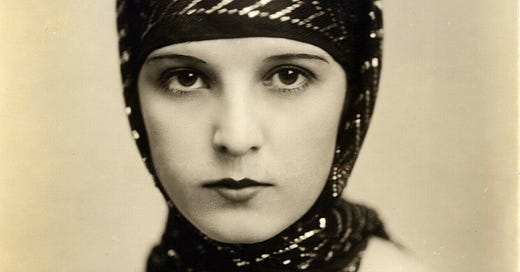




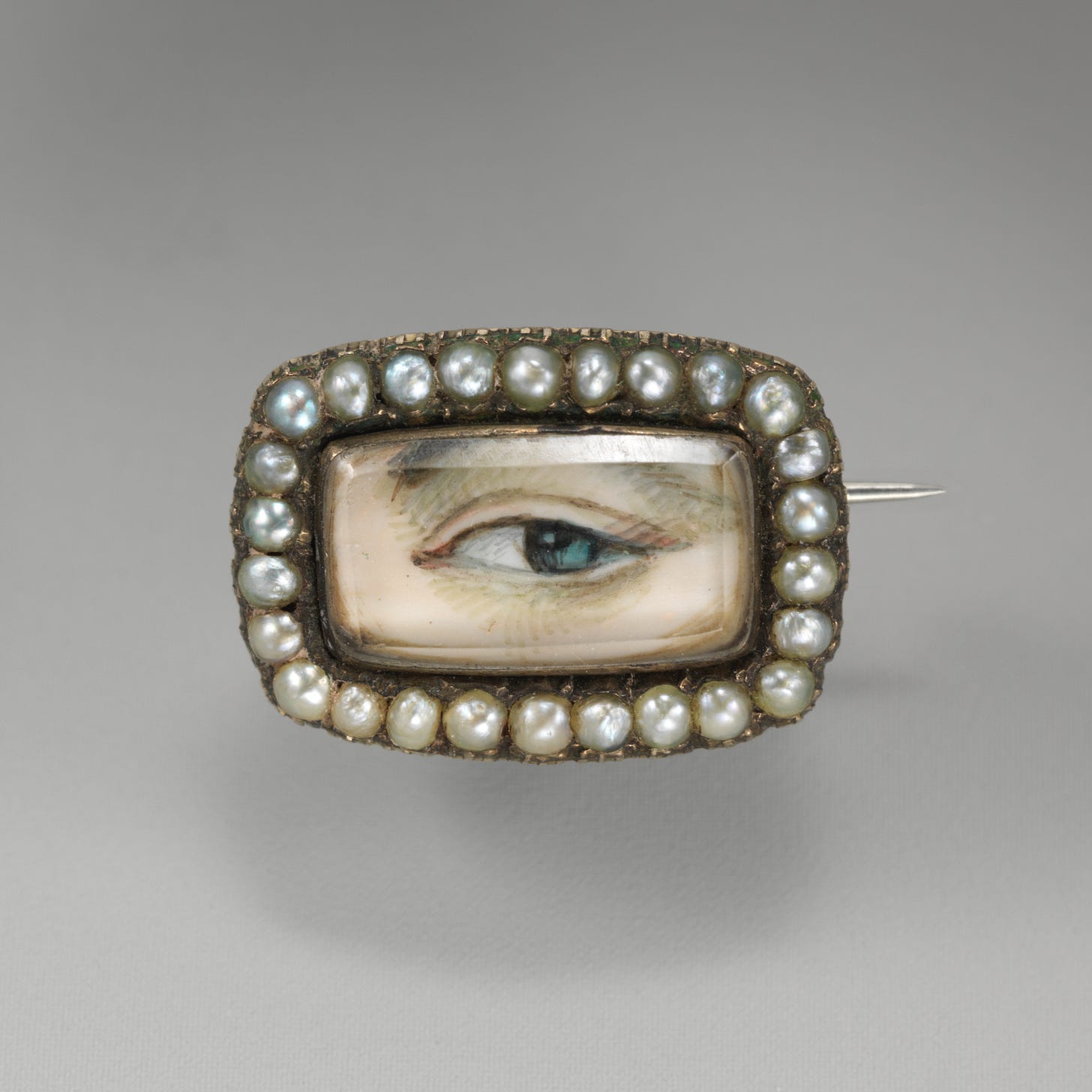
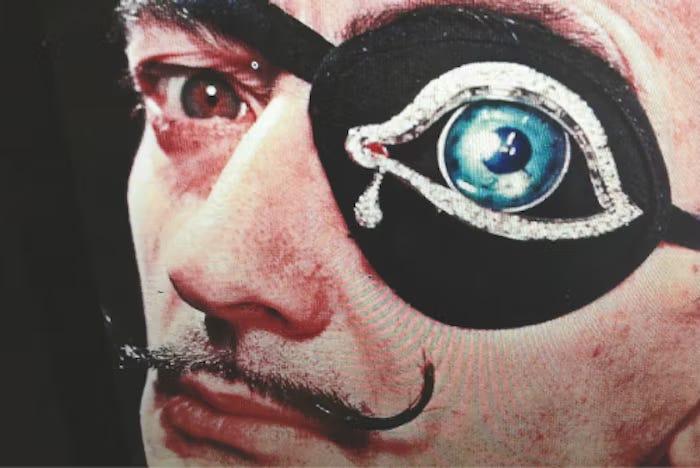
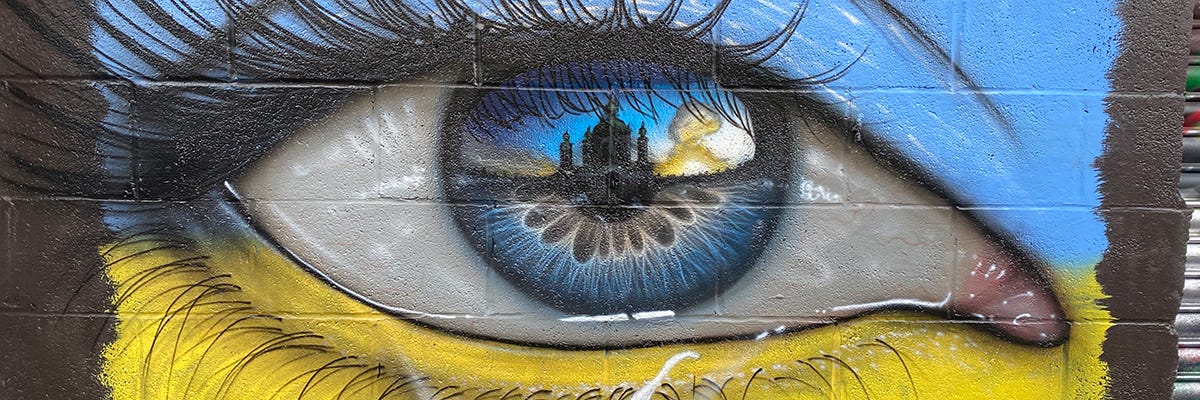

This was fascinating. I learned so much. Loved the graffiti art of the eye by “My Dog Sighs.”